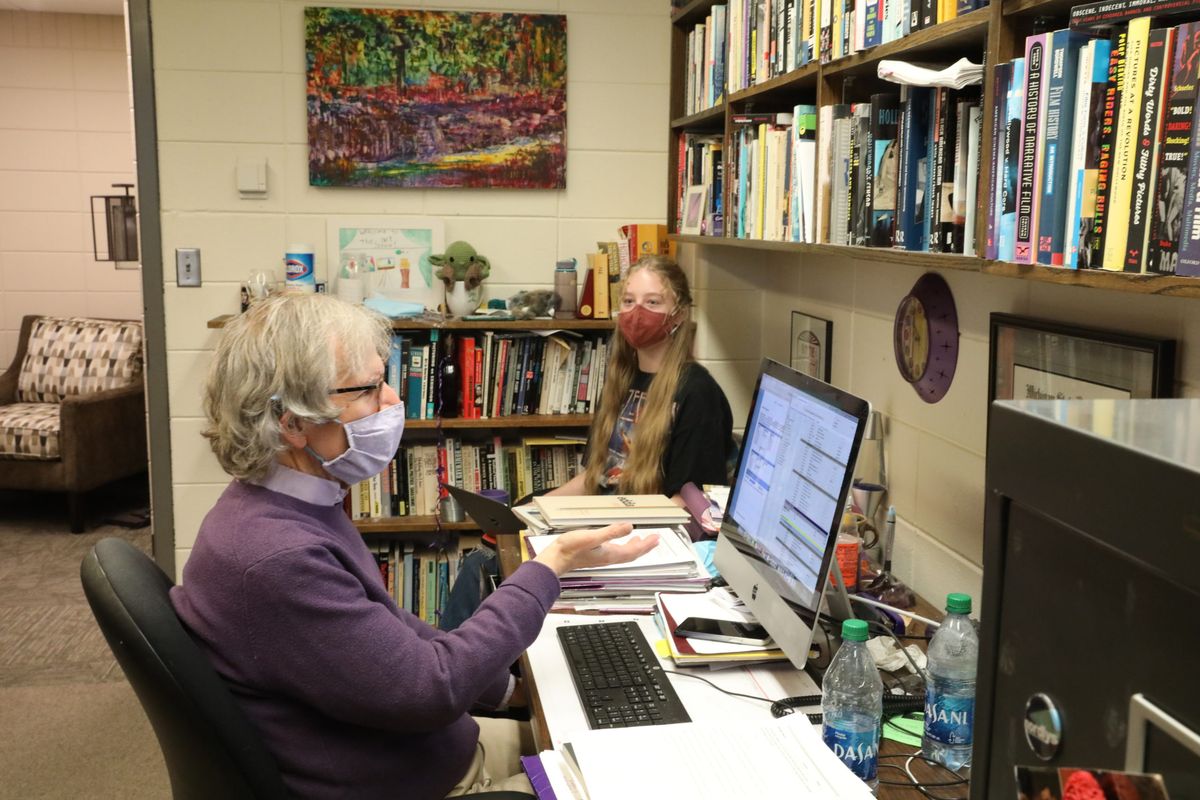Faculty to change use of student surveys in determining tenure

Faculty recently voted to recommend no longer weighing Student Rating of Instruction surveys in tenure and personnel decisions.
The issue was first introduced last spring when professors Lisa Babcock and Eric Wells co-wrote a proposal to remove SRIs from consideration when it comes to tenure and staffing decisions. At the time of the proposal, discussion was postponed until October, and now has been approved by the faculty.
At the faculty meeting on Wednesday, Nov. 3, it was announced that two task forces will be created to address the issue.
According to Jay Kahl, the assistant vice provost for assessment and academic excellence, one of the groups will work with President Stephanie Herseth Sandlin to “explore different options, or different methodologies, different types of questions, different types of processes for asking those questions.”
Kahl, who will head the other task force, also wants to focus more on the form itself.
“My working group could be a group that could be brought up each time that we want to make a change to the instrument, the SRI form itself, and then also anything we want to change about the process,” Kahl said.
Kahl has already been involved in improving the SRI form for the past several years in order to make it more useful for faculty members.
With these two task forces working to improve the system, it is likely that changes will be made when it comes to how SRIs are used and what the surveys look like.
Paul Egland, a biology professor who served on the personnel council for years, has used SRIs as a piece of data to help evaluate faculty members who are seeking tenure or promotion.
“It’s hard to use those because they’re kind of bound by the way the questions are written and the response rate,” Egland said. “So they are of questionable value for evaluating people for tenure.”
According to Wells, the standard for tenure promotion has to do with “teaching effectiveness.”
“The literature is quite clear that if you’re saying ‘effectiveness,’ it means how well did the faculty member assist students in learning,” Wells said. “And student ratings of instruction provide no information about that.”
Wells said there’s evidence that SRIs aren’t accurate measurements of teaching effectiveness.
“The best studies would say that student ratings of instruction actually anti-correlate with teaching effectiveness,” Wells said.
Kahl, Egland and Wells all pointed out that one of the issues with the SRIs is the low response rate. Additionally, those who respond tend to be on opposite ends, either loving the class or hating it.
According to Babcock, another problem is that the survey can lead to discriminatory responses.
“What’s concerning when we think about the future of Augustana and try to reach toward goals of diversity and inclusivity is that [SRIs] tend to be biased against women,” Babcock said. “They tend to be biased against under-represented faculty members, faculty members of color.”
Whatever changes may be made to SRIs, many faculty members still use them to improve their courses.
Babcock said the changes to come will be in line with Augustana’s commitment to diversity.
“It’s really about improving the equity and the validity of the tools that we’re using when we’re making tenure and promotion decisions,” Babcock said. “Those are high-stakes decisions.”



